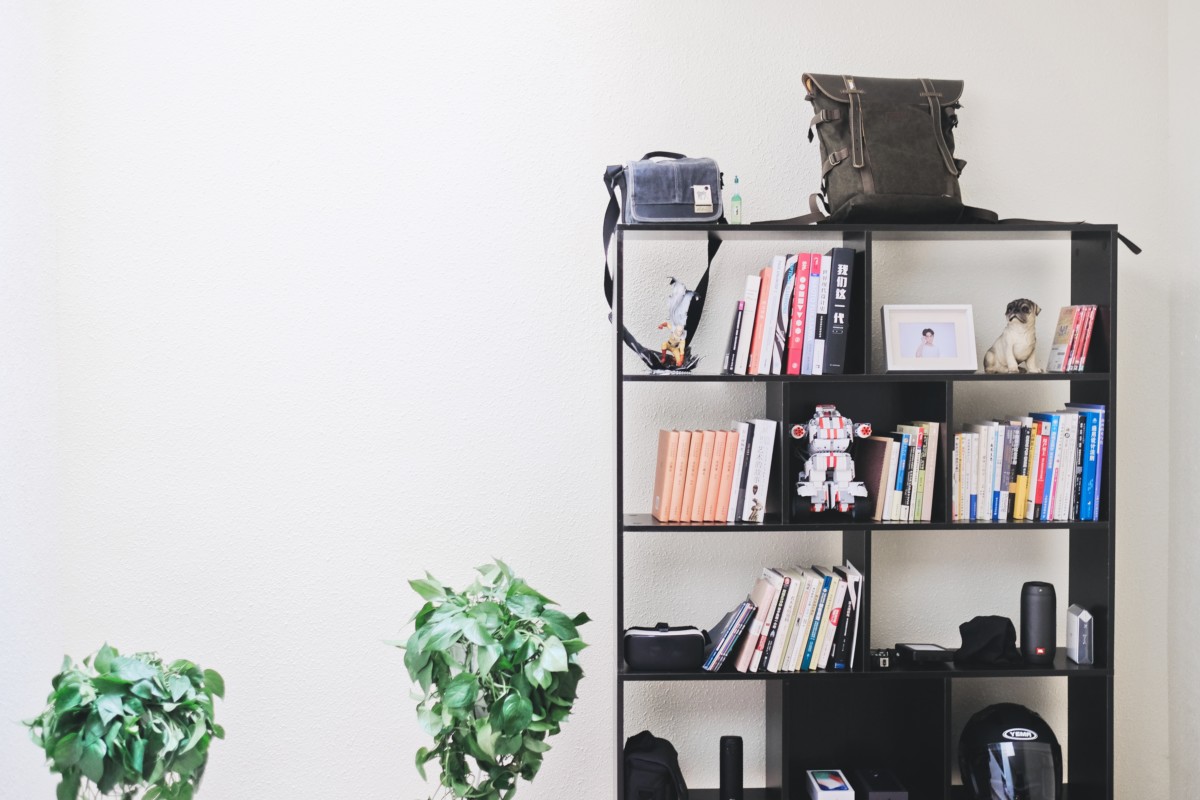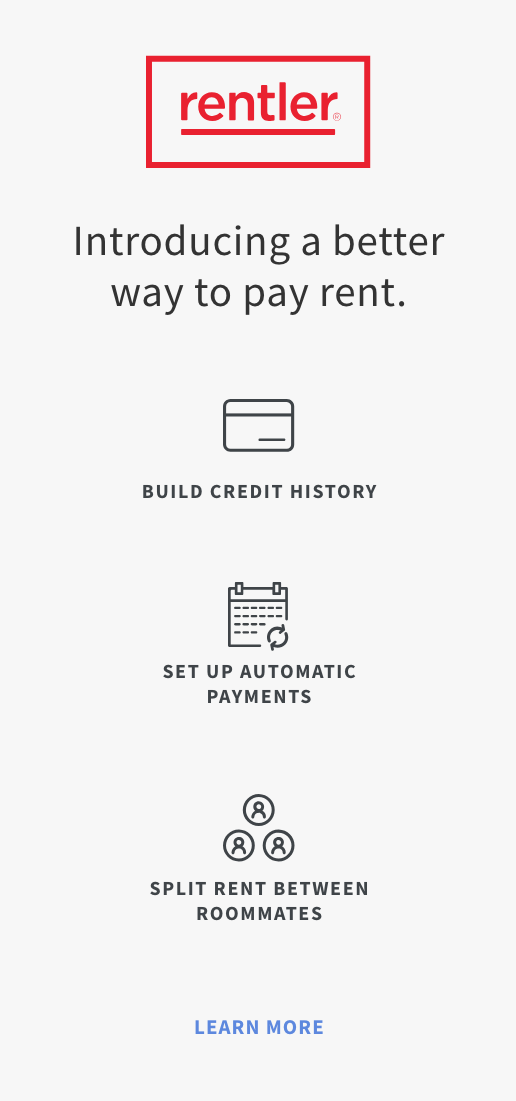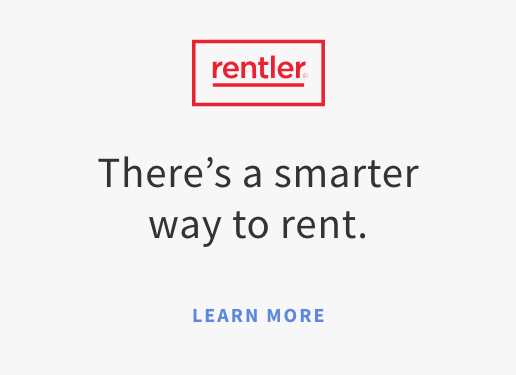Cities are the future. In 2018, the majority of people on Earth – 55 percent of global populations – live in cities and that number will rise to 68 percent by 2050, according to the United Nations.
As populations swell, smaller apartments in big cities will have to be part of our future. New York is currently experiencing a boom in studios and micro-units of 300 square feet or less. Those are spacious compared to rooms available to residents in Hong Kong, who are snapping up 128 square foot apartments. For urbanites everywhere, it just makes financial sense to spend less on rent and more on enjoying your life.
In fact, many people who could afford larger spaces actually prefer a studio because it generates a smaller carbon footprint and the discipline required to live simply is more appealing in a fast-paced world.
Today, the average size of a studio in the US remains around 504 square feet, which is about 18 percent smaller than studios were a decade ago according to research from the National Apartment Association. As studio sizes continue to shrink, renters are getting more creative about interior design to make the most of what they have.
Here are a some of the best suggestions we’ve come across on living large, even in the tightest of spaces.
Find furniture that transforms
Futons remain the top choice for renters who want to instantly convert living rooms into bedrooms. Another ancient concept going through a revival today is the simple and decorative room divider, which can double as a movable wall and a piece of art. These traditional choices have been joined by tech-enabled space-saving concepts like entertainment centers that hide Murphy beds, bookcases that rotate, and stackable mini-tables that fold themselves into books.
Use color coding
You don’t need physical separators to create the sense of rooms, color can help divide without any extra furniture. Many studios have windows only along one wall, which means that dividers will disrupt the flow of natural light. Keep the spaciousness of a central open space, but plan out different color coordinates, like rugs, books, and artwork to unify the bedroom area, the dining area, the work area, etc.
Movable objects can also assist in changing the identity of a space for you or your guests. For example, a rolling bar cart with dishes and a bowl of fruit can transform your home office into a dining room and back again.
Optical illusions
Mirrors have long been the default décor choice for drawing eyes away from limitations and into the infinite spaces beyond. The principles of feng shui recommend placing mirrors in the East, Southeast and North bagua (energy map) of your apartment. However, mirrors are not the only way that eyes can be distracted away from the nearness of the walls. Paint the ceiling with a quirky pattern, pull furniture just a few inches away from the wall, install shelves high up to draw eyes upward, use fewer but larger decorative items, test out a long striped throw rug, and arrange a few thin-neck lamps instead of a central, overhead light.
If you live in a studio or are considering moving to one, rest assured that your modest home can still be your miniature castle. We love to hear any space-expanding ideas you’ve put into practice or any personal questions you have about how to handle decorating your own unique living space.




